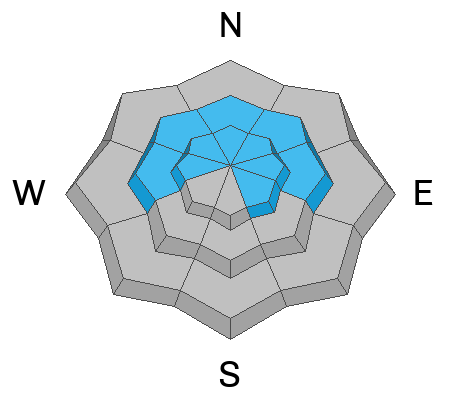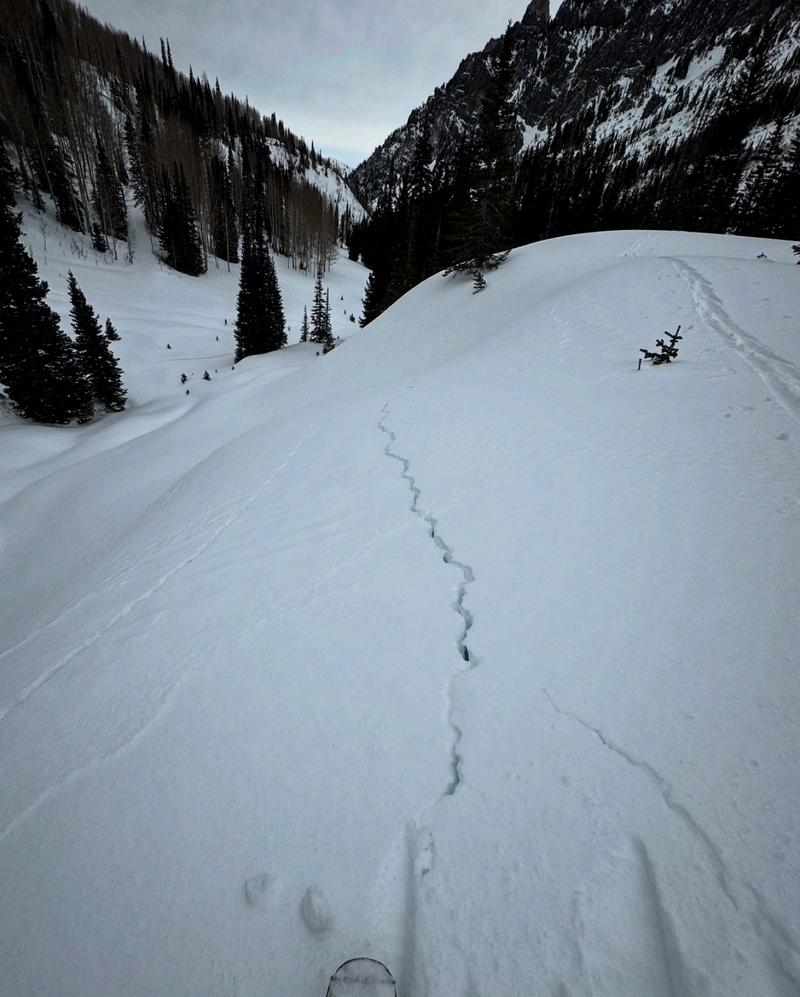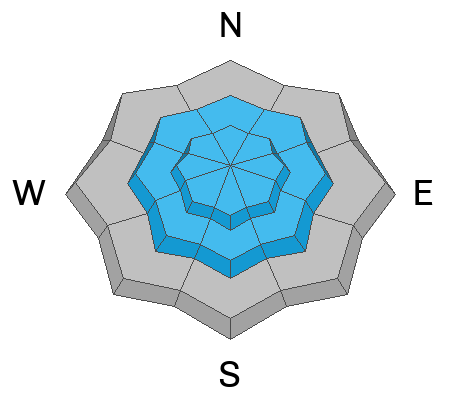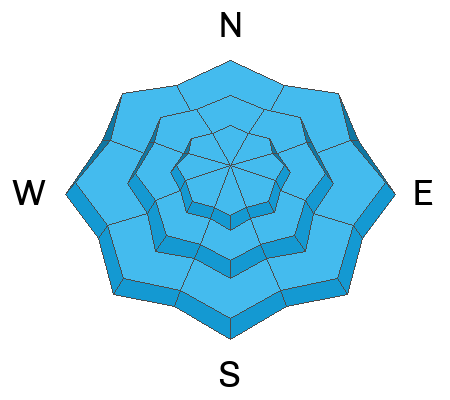Forecast for the Salt Lake Area Mountains

Issued by Dave Kelly on
Saturday morning, January 4, 2025
Saturday morning, January 4, 2025
Today, the avalanche danger is HIGH in upper elevation terrain as a new storm moves in and further stresses our buried facets. The avalanche danger is CONSIDERABLE at mid elevations and MODERATE in low elevation terrain.
Avoid all terrain greater than 30° in steepness that has a layer of buried facets near the ground. This weak layer has been the culprit in two accidents in the last week and there have been numerous reports of avalanches 2'-4' deep and up to 800' wide over the last 4 days.

Low
Moderate
Considerable
High
Extreme
Learn how to read the forecast here










